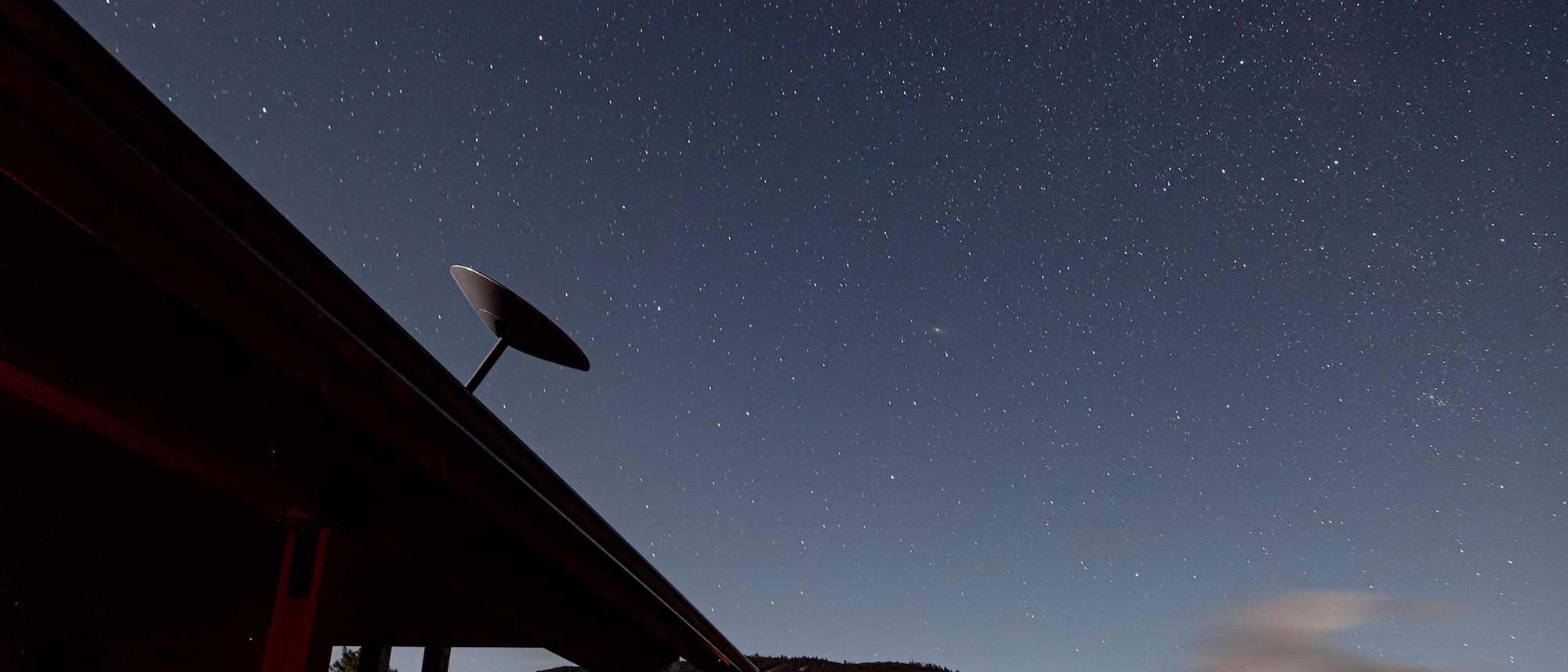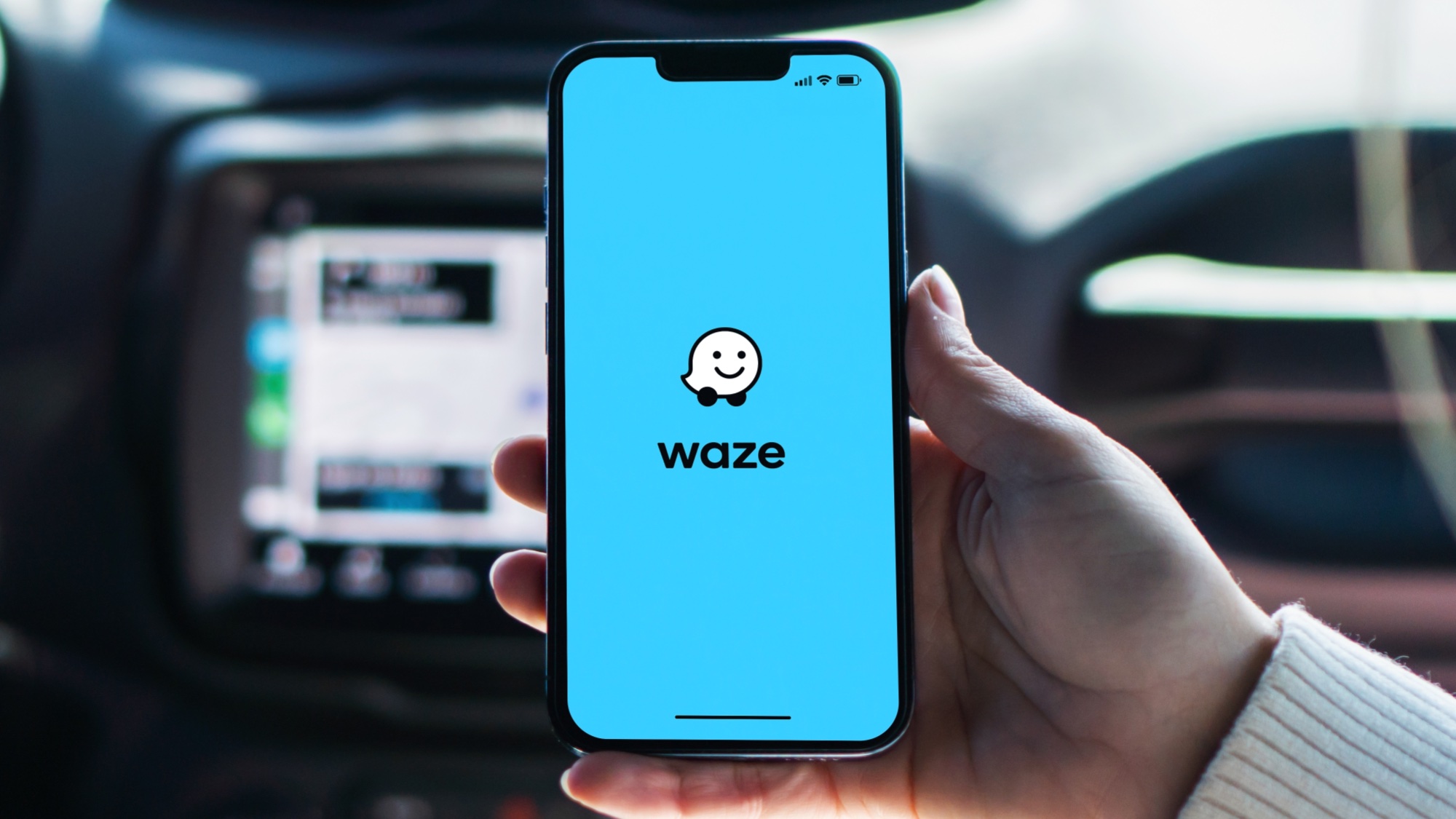Starlink in a moving car? Video reveals it’s possible

Starlink has certainly proved to be one of the most exciting developments in broadband technology in recent years. While the early launch has focused on the U.S., there are a number of people in the U.K. also testing the system, which costs $500 initially and $99 per month. At the moment, Starlink remains a home-only affair. But would it be possible to connect a Starlink satellite on to a movie vehicle?
U.K.-based YouTuber Alex Brooks, who creates content under the name MarzBar, ordered his own Starlink system to test a few aspects of the service. Most conventionally he ran speed tests and checked the latency of the system. He has some concerns over latency, but nothing too bothersome. After all, not only is this a beta, but for most applications latency isn’t a huge problem.
- Starlink internet coverage, cost, speeds and the latest news — what you need to know
- These are the best Wi-Fi routers
- Plus: Starlink passes 500,000 orders — here’s how coverage and speed stacks up
Most interesting though was Brooks’ decision to strap the whole affair to his Land Rover Defender (10:58 in the video). Using little more than a set of cable ties he affixed the Starlink dish to the roof of his car and went off on a slow journey around town. Perhaps unsurprisingly he didn’t keep a connection to the satellite network while driving.
However out of the town, with clear skies, moving the car at an ultra-slow 5 mph seemed to provide a bit more stability. It wasn’t without some hiccups, but this isn’t the use-case for this hardware at all, so it’s pretty remarkable the whole thing carried on working at all.
Elon Musk has previously mentioned using Starlink in fast-moving vehicles and has suggested that it is indeed possible. His Tweet on the subject said “everything is slow to a phased array antenna.” Put simply, from a satellite’s viewpoint, a fast-moving car or train doesn’t present much of an issue for this kind of thing.
However, the current hardware isn’t designed for this use and it’s likely new antennas will be required to actually operate Starlink on the move. Perhaps an approach like satellite radio, with a different antenna design will deliver some form of internet to cars — we’re guessing Tesla is working on this — at some point in the near future.
However Musk clearly has all sorts of plans for Starlink as the service builds and gathers more subscribers. Lower latency should come with time, and there are plans to link the satellites together. It would mean fewer ground stations and, presumably, routing more directly through the Starlink constellation.
Get instant access to breaking news, the hottest reviews, great deals and helpful tips.
- More: Starlink review
Ian has been involved in technology journalism since 2007, originally writing about AV hardware back when LCDs and plasma TVs were just gaining popularity. Nearly 15 years on, he remains as excited as ever about how tech can make your life better. Ian is the editor of T3.com but has also regularly contributed to Tom's Guide.
